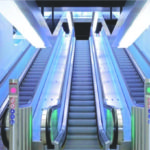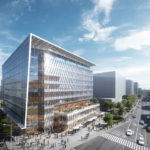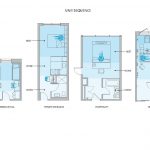
We currently face a third wave of a COVID-19 Pandemic that threatens to incur more devastating losses than the previous two. The need for an Intensive Care Unit (ICU) that is planned for response to an infectious pandemic surge in a manner that is financially and operationally practical to implement is urgent at present. The... Read more »











